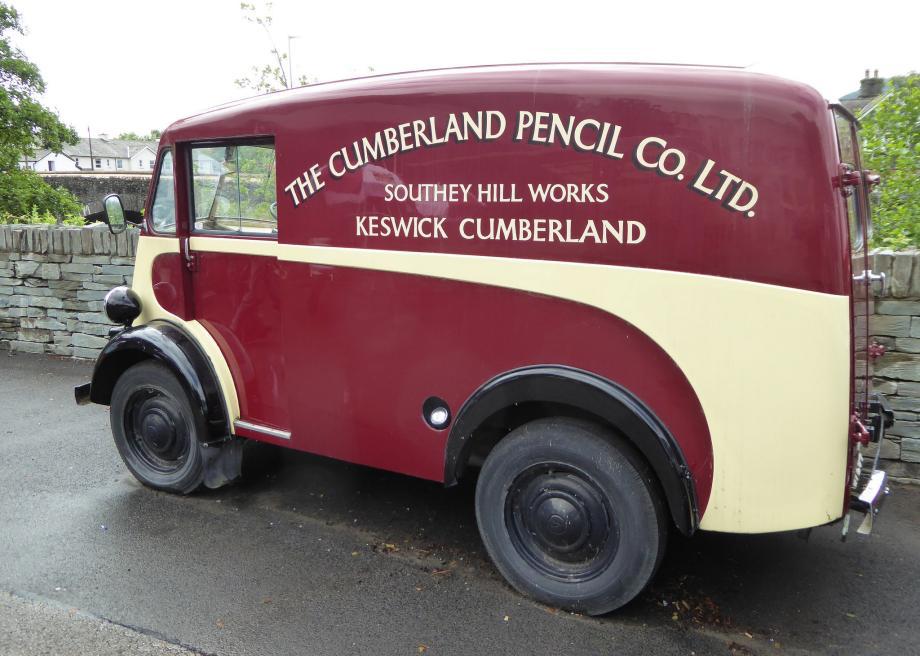Atlas Obscura on Slate is a blog about the world’s hidden wonders. Like us on Facebook and Tumblr, or follow us on Twitter.
“Fraser-Smith. Charles Fraser-Smith.”
OK, he wasn’t James Bond. But Charles Fraser-Smith was thought to be the inspiration for the gadget guru “Q” in the Ian Fleming series, serving as an agent for Britain’s military intelligence arm during World War II. Fraser-Smith came up with lots of inventions and gadgets for soldiers and flyers during the War, including a pencil with a secret compartment to hide a map and a compass. Fraser-Smith thought that such a pencil could be used by British prisoners of war, to aid them in an escape. When he needed a company to help produce his James Bond–escape-artist pencils, he paid a visit to the Cumberland Pencil Co. in Keswick, Cumbria.
Pencil manufacturing in and around Keswick goes back nearly 200 years, but the discovery of graphite goes back much further, to around the 16th century. Graphite was used for all kinds of things besides being stuffed into sticks of wood, including munitions manufacturing. Graphite mining became a major industry in Cumbria, and several factories began to pop up in the 19th century to take advantage of the supply. What was to become the Cumberland Pencil Co. goes back to 1832, fabricating writing implements under the name of Banks, Son & Co. The company changed hands a few times over the years, becoming Hogarth & Hayes in 1875, and finally the Cumberland Pencil Co. in 1916. The factory turned out graphite pencils, colored pencils, and artist’s charcoal for another 90 years, finally closing in 2007 and relocating 20 miles west to the town of Workington, where they still make fine pencils and other art supplies under the brand Derwent.
The little museum alongside the Cumberland factory will tell you the whole story, and they have the world’s largest colored pencil too boot. It’s 26 feet long, weighing just under half a ton. Just think what Charles Fraser-Smith could hide in that thing.
Submitted by Atlas Obscura contributor laurensverkade.
For more on the Cumberland Pencil Museum, visit Atlas Obscura!
More wonders to explore:
